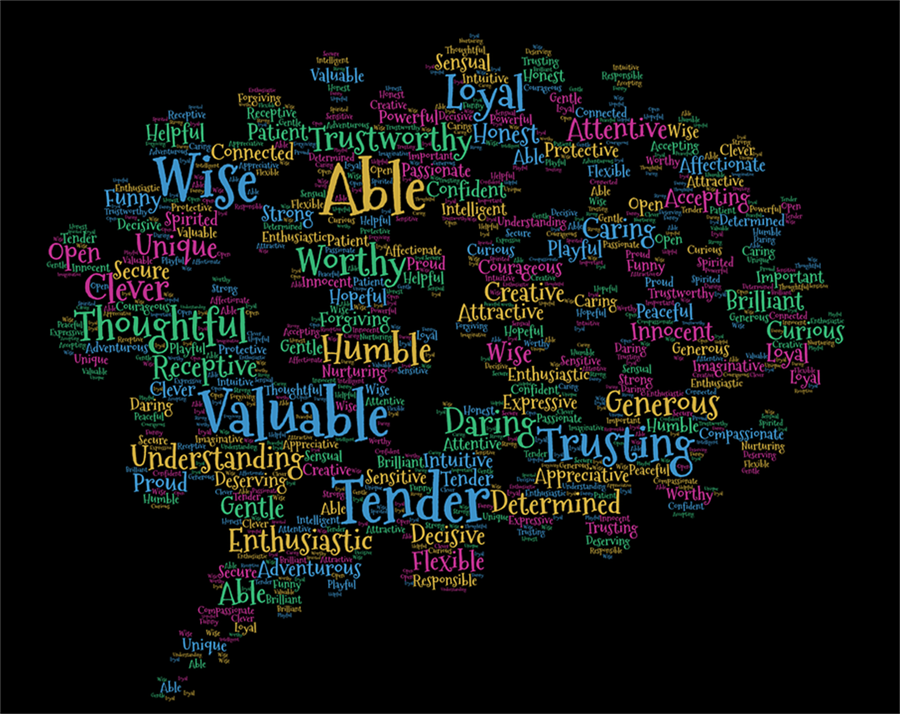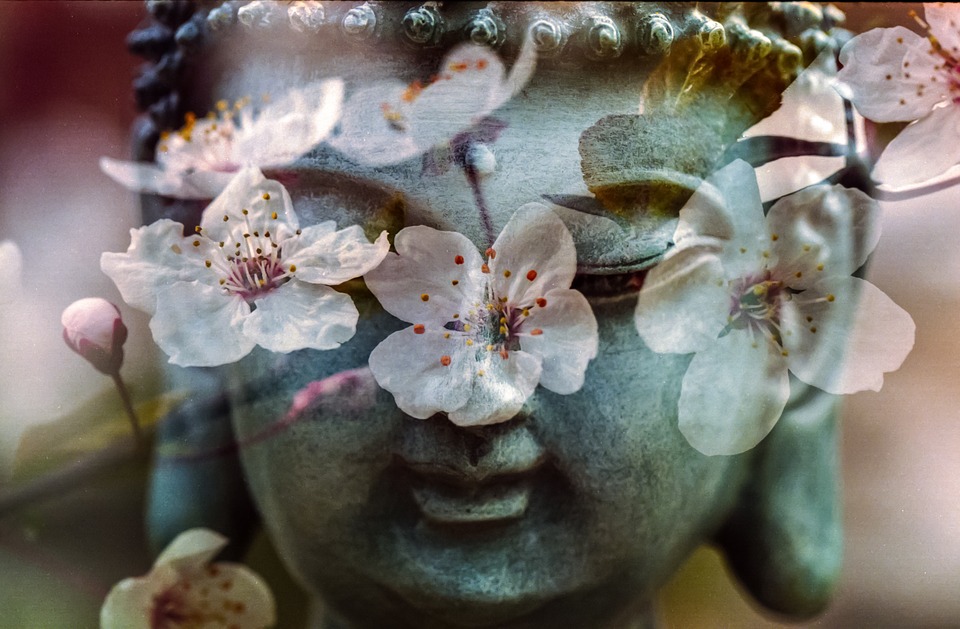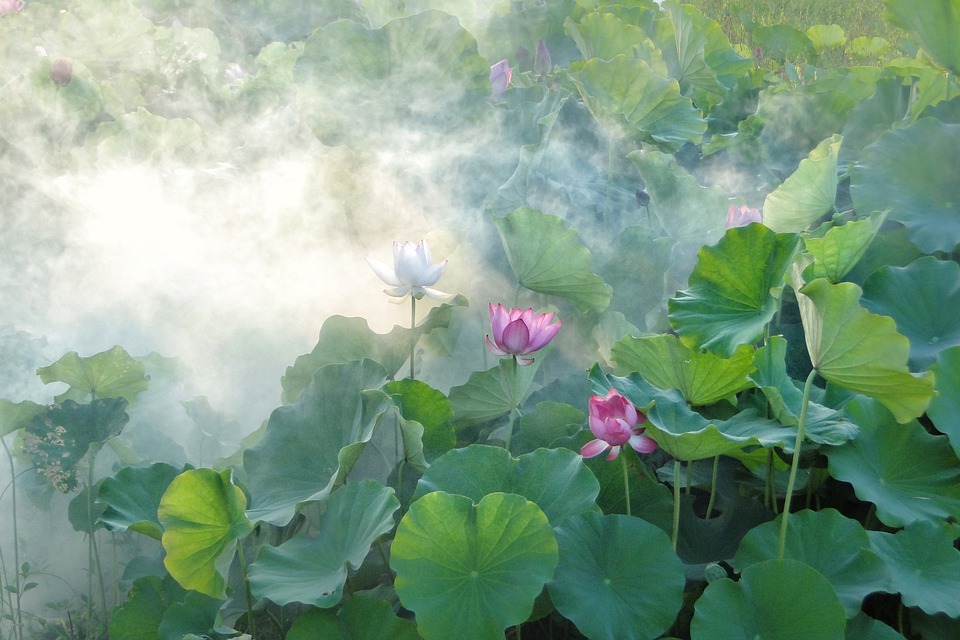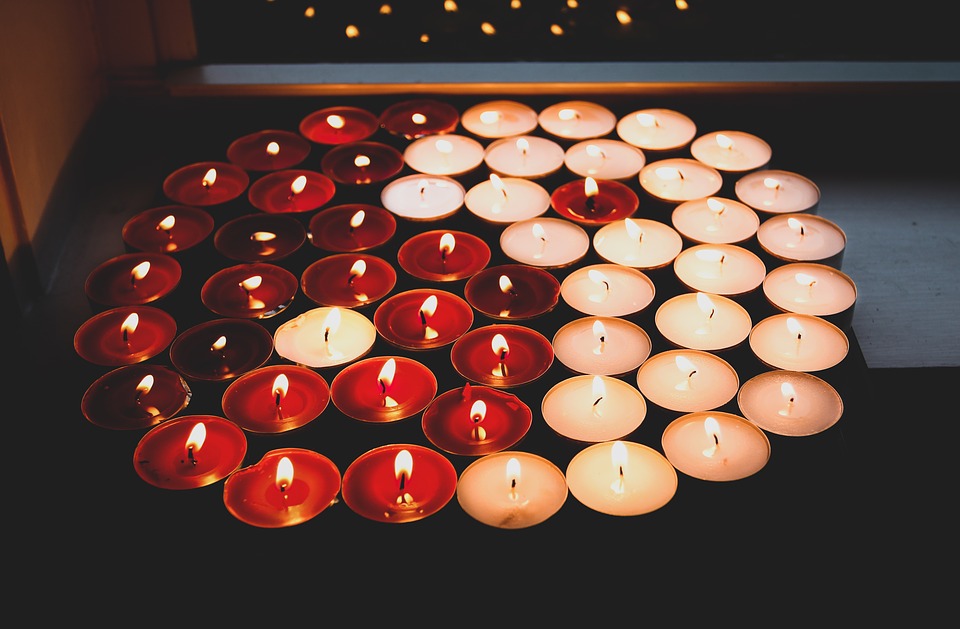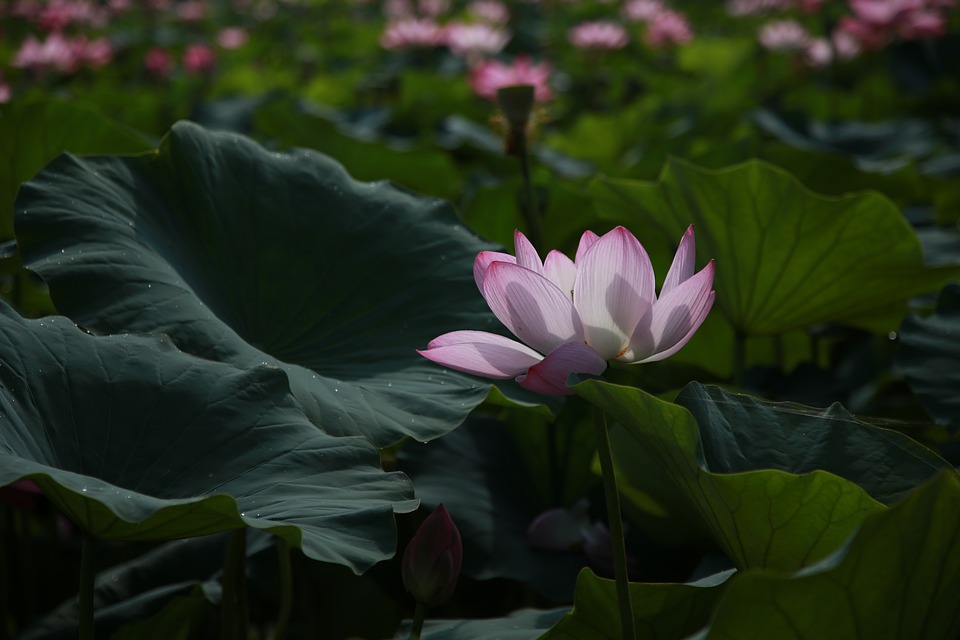The Vagrant Intermediate State
After waking up from the unconscious state (refer to What Life Truly Is for details), one enters the intermediate state.
The deceased in the intermediate state can go to many places and also see many of his or her relatives and friends. But at the beginning, the deceased is usually not aware that he or she is already dead. So how would one know that one is already dead after waking up from the unconscious state? It is said in Bardo Tödröl that when the deceased cannot see his/her own image in a mirror or in a pool of water nor any footprints left when walking on a beach, or when the deceased feels surrounded, like in a large concert hall, by very loud and strong music coming from all directions, or hears the sound of raging thunder or that of many people talking and singing in a strange way, he/she should immediately come to the realization: ‘Now I’m already dead. These sounds are all that of the intermediate state. I must not be afraid but face the situation as I have been trained to do.’
~ Depicted from THE HANDBOOK OF LIFE'S JOURNEY : On Death And Rebirth-How to Take Rebirth




